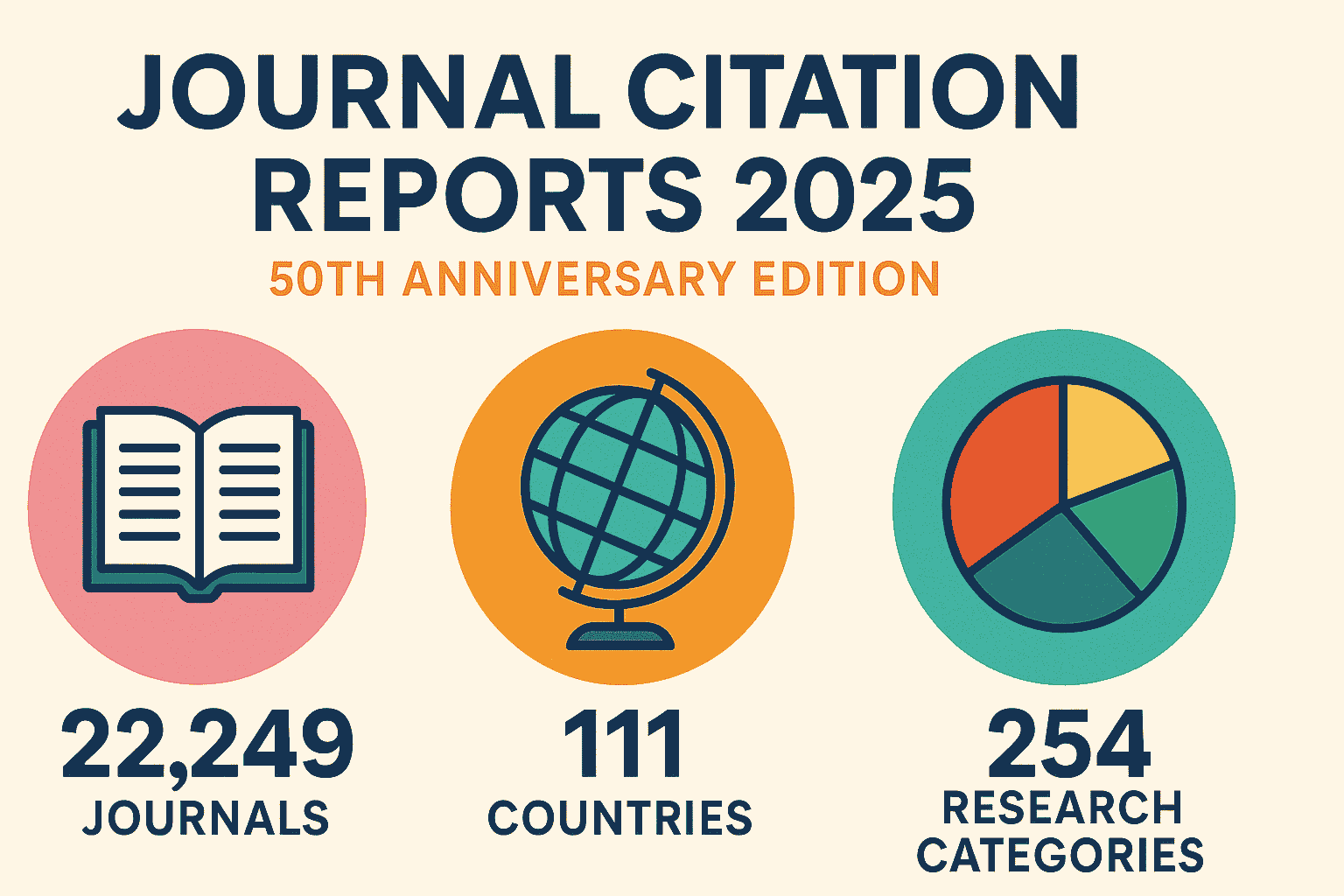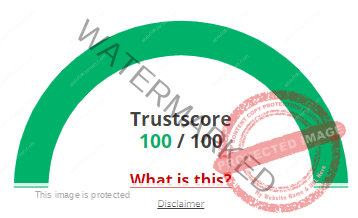Polymerase Chain Reaction (PCR) Protocol
Polymerase Chain Reaction (PCR) Protocol
Standard PCR protocol to amplify a target DNA sequence.
Materials:
1. DNA Template
2. Forward and reverse primers
3. Nucleotides (dNTPs)
4. Taq polymerase
5. Buffer solution
6. An automated thermocycler
Protocol:
1. Setup your PCR reaction:
— Add the following materials to a PCR tube: Nuclease-free water, buffer, dNTPs, forward and reverse primers, Taq polymerase and template DNA.
2. Set the thermocycler program. A typical PCR run goes like this:
a. Initial denaturation: Heat to 94-95°C for about 2-5 minutes
b. Denaturation: Heat to 94-95°C for about 30-60 seconds
c. Annealing: Cool to 50-60°C (depending on the recommended temperature for your specific primers) for about 30-60 seconds
d. Extension/Elongation: Heat to 72°C for about 1 minute/kb of the target sequence
e. Final Extension: At the end of the program, do a final extension at 72°C for 5-10 minutes
The steps b-d form one cycle. Typically, 25-35 cycles are performed in a PCR.
3. Run the PCR:
— Put your PCR tube in the thermal cycler and start the program.
4. Analyze your PCR product:
— Once the PCR is complete, you can analyze your PCR product by running it on an agarose gel.
The specific temperature and time parameters can vary depending on the specific reagents and equipment being used and the length and characteristics of the DNA sequence being amplified.
Remember always to follow your lab’s safety guidelines when performing PCR.
Note: This procedure requires specialized training and equipment. If you’re unfamiliar with PCR or molecular biology techniques in general, please seek advice or training from a qualified individual before attempting this protocol.
Discover more from abdullahfarhan.com
Subscribe to get the latest posts sent to your email.









